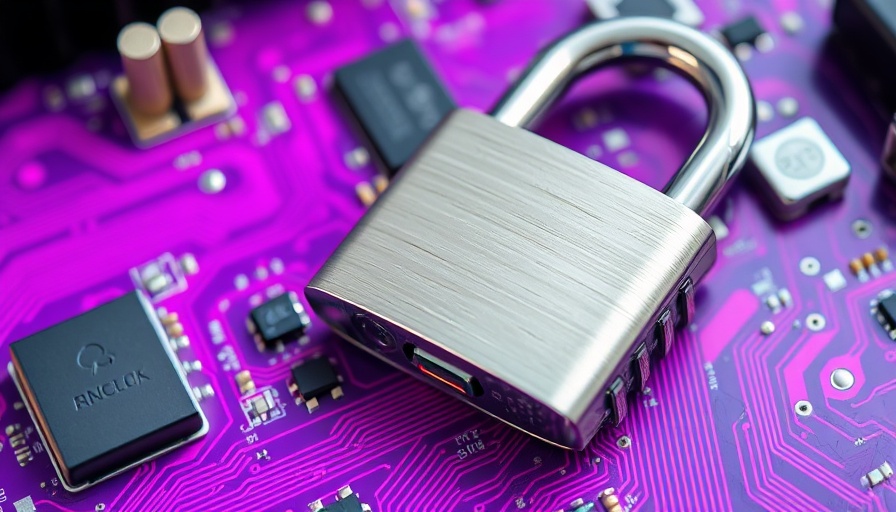
From Crisis to Cash Machine: A Transformational Journey
When Shayne Fitz-Coy stepped into a financial pit of despair by investing in a medical alert company, he faced a staggering loss of $500,000 each month. Yet, through a remarkable shift in perspective, he turned the company around into a $45 million success story. This tale of transformation reveals why 'boring' businesses can outperform their flashier counterparts.
Understanding the True Business Landscape
At the heart of Fitz-Coy's realization lies a critical understanding: the core of his business wasn’t technology, but trust. This is a crucial lesson for many CEOs and business owners. In an era dominated by tech innovations and VC-funded startups, there is an overlooked truth: success in service industries hinges more on reliability and human connection than on the latest gadgetry.
Shifting Focus: Trust Over Technology
As Fitz-Coy recounts his eye-opening experience installing a medical alert system for an elderly client, he notes her compliment about his respectful demeanor. It became clear that providing exceptional service could build the trust necessary to salvage a company on the brink of collapse. What if the answer wasn’t to chase after technology but to become the company that picks up the phone in three rings? This modest but powerful commitment to customer connection proved transformative.
Why Service Quality Matters More
One of the key insights from this transformation is the value of customer retention. Fitz-Coy realized that unstable financials often stem from a lack of customer loyalty, not from high acquisition costs. Focusing on keeping customers satisfied and engaged was essential. Using service quality to command premium pricing in a market deemed 'commodity-like' showed just how much customers are willing to pay for reliability.
Implementing Change: The Three-Pronged Approach
His approach to turning the business around involved three major strategies:
- Trimming the Fat: The company cut three failing channels in order to focus on two that had potential.
- Investing in Humans: By committing to 10% more training for staff than any competitor, he aimed to build a service-oriented workforce.
- Raising Prices: Fitz-Coy learned that better service warranted higher pricing; customers were willing to pay more for reliability.
These strategies ignited a revolution in service delivery, placing human interaction above all else.
Conclusion: Humanity in Business
In a world obsessed with cutting-edge technology and rapid innovation, Fitz-Coy’s story serves as a reminder that simple principles of good business often prevail. Building relationships, maintaining trust, and offering superior service can lead to remarkable returns. Business leaders should consider how they can create similar shifts in their companies, embracing humanity as a game-changer in a tech-driven landscape.
 Add Row
Add Row  Add
Add 



Write A Comment